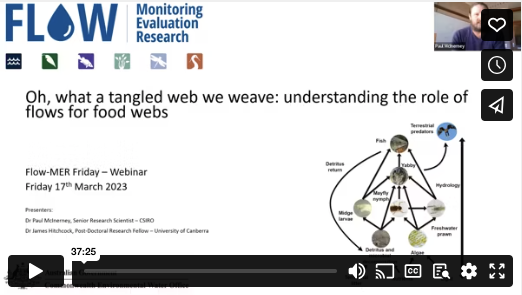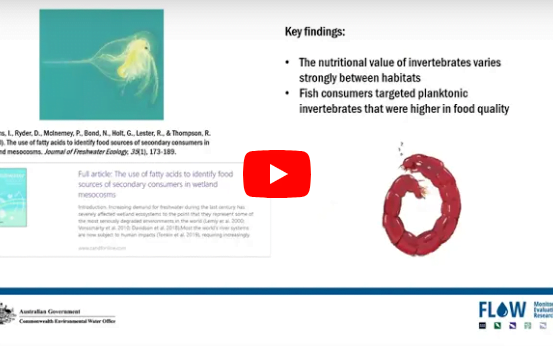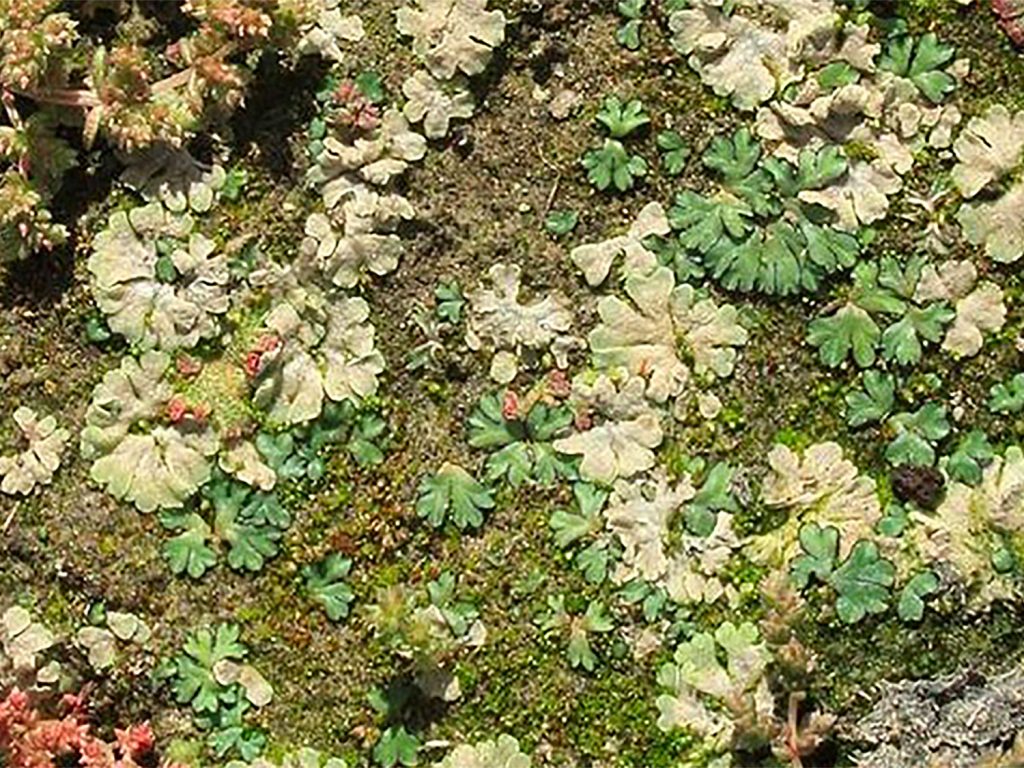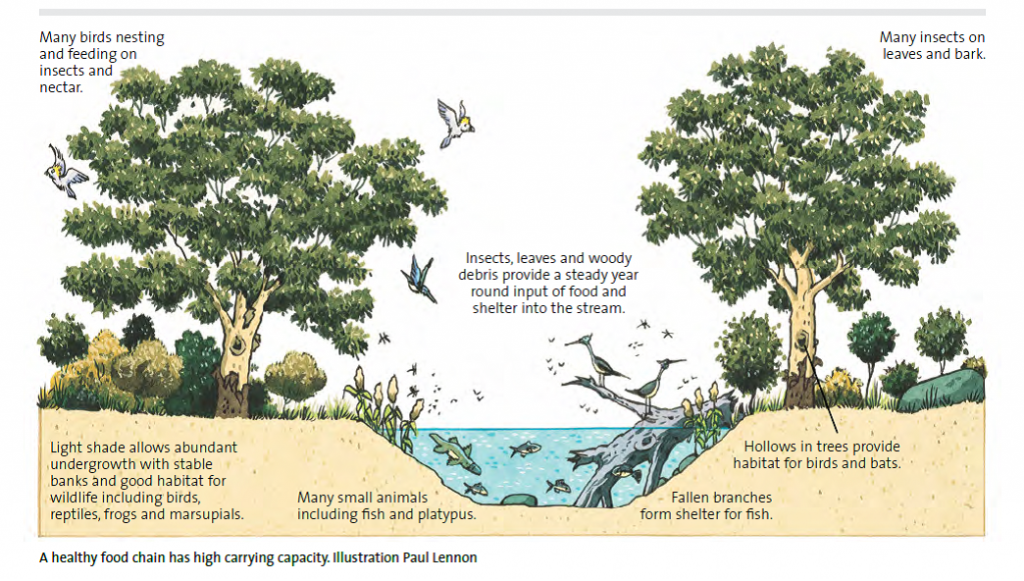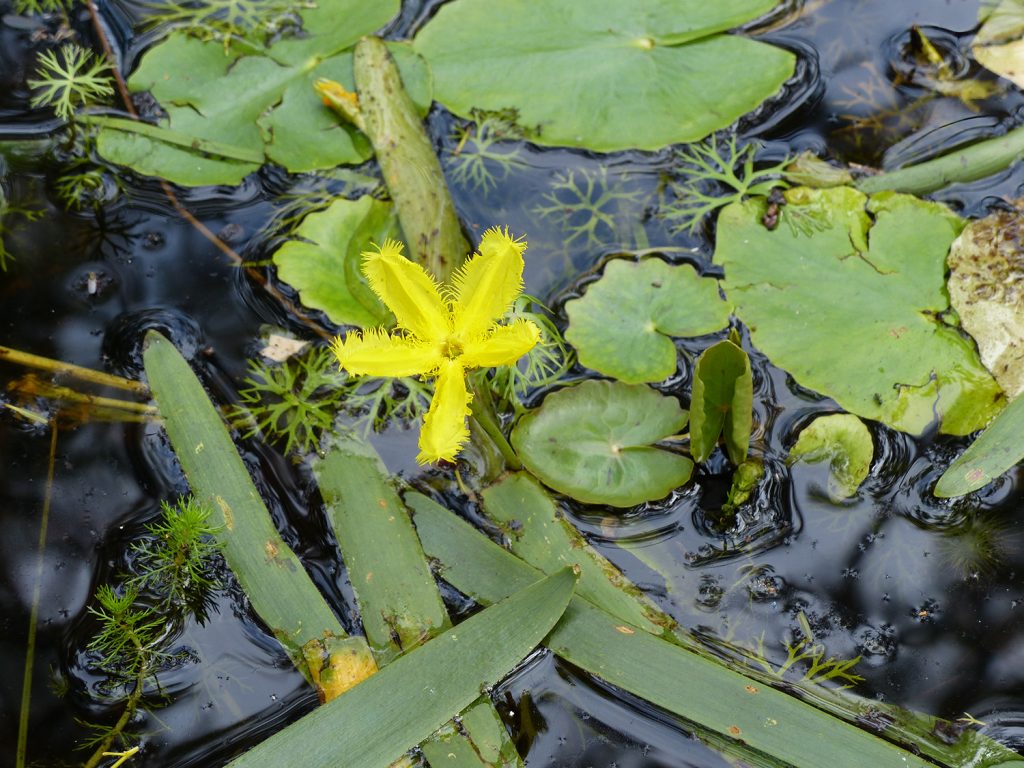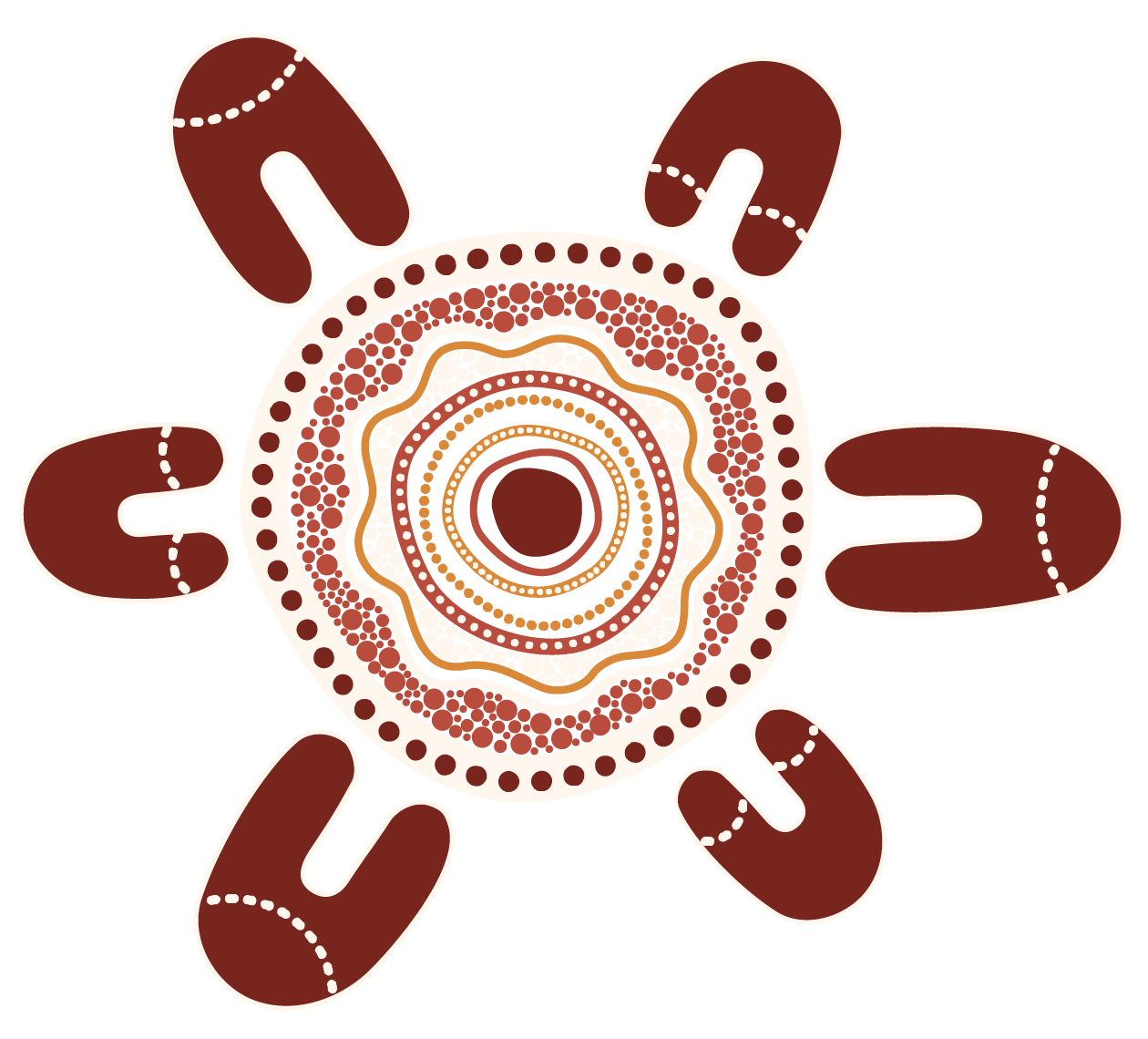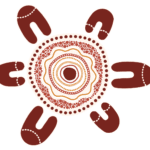Flows for food webs and water quality
Food webs provide a useful way to think about life in rivers and wetlands since they describe the interactions between organisms – who is eating whom, from the smallest bacterium to the largest Murray cod. They can illustrate how much energy moves between organisms or groups and the role of individual animals or connections in sustaining life across an ecosystem.
The Food Webs and Water Quality Theme comprises of two components: Evaluation and Research, which study and report on different but related aspects of rivers and wetlands.
On this web page:
Water for the environment use
Each year, the results from monitoring across the seven Selected Areas are evaluated at the Basin scale. The first part of this process involves understanding water use across the Murray-Darling Basin. In this first section, our dashboard summarises Commonwealth environmental water use across the Basin in 2020-21 and the expected outcomes for water quality and food webs.
Evaluation
The Evaluation assesses how Commonwealth environmental water influences water quality and stream metabolism. Stream metabolism comprises of two fundamental ecological processes, Gross Primary Production (GPP) and Ecosystem Respiration (ER) and is estimated in rivers by measuring daily changes in dissolved oxygen concentration. The supply of energy (or carbon) at the base of food webs can be estimated by measuring stream metabolism.
Learn about:
- How river flow contributes to patterns and rates of Gross Primary Production
- How river flow contributes to patterns and rates of Ecosystem Respiration
- Research on metabolic fingerprint visualisation.
Research
The Food Webs and Water Quality Theme Research project is focused on developing a bioenergetic model that simulates food web responses under different environmental flow scenarios. The research also explores ecological responses to flow and watering events, and the trophic relationships between animals in the food web.
Learn about:
- Our research into creating our food web model.
Selected Areas
A subset of Flow MER Selected Area teams measure water quality parameters that include (among other metrics), salinity, dissolved oxygen, nutrients, algae and organic carbon.
Learn about:
- How river flows can influence salinity
- How river flows can influence dissolved oxygen
Mesocosms at the University of Canberra, where we are investigating how changes in basal resources, algae and organic matter, influence the growth of juvenile fish.
Volume of Commonwealth water for the environment delivered to Murray-Darling Basin regions (2020-21)
Commonwealth water for the environment is used to support food webs and water quality in different regions across the Murray-Darling Basin. Click on different regions on the map to learn how the water was used, and the outcomes it was designed to achieve.
Total Commonwealth environmental water delivered with outcomes expected for water quality and food webs.
of 1,762 GL delivered program-wide
Commonwealth environmental water watering actions with outcomes expected for water quality and food webs.
of 155 watering actions program-wide
Please Note: For the purpose of the Flow-MER Program, Lock 1 to 9 are included as part of the Lower Murray Region and Lock 10 to 15 are included as part of the Central Murray region.
Legend
![]() Selected Area
Selected Area
Watering actions
![]() Baseflows
Baseflows
![]() Freshes
Freshes
![]() Bankfull
Bankfull
![]() Overbank
Overbank
![]() Wetland watering
Wetland watering
Learn more about these watering actions
Food webs and water quality outcomes
![]() Ecosystem function
Ecosystem function
![]() Nutrient cycling
Nutrient cycling
![]() Water quality
Water quality
![]() Dissolved oxygen
Dissolved oxygen
![]() Salinity
Salinity
![]() Sediment scouring, mobilization and export
Sediment scouring, mobilization and export
Ecosystem function
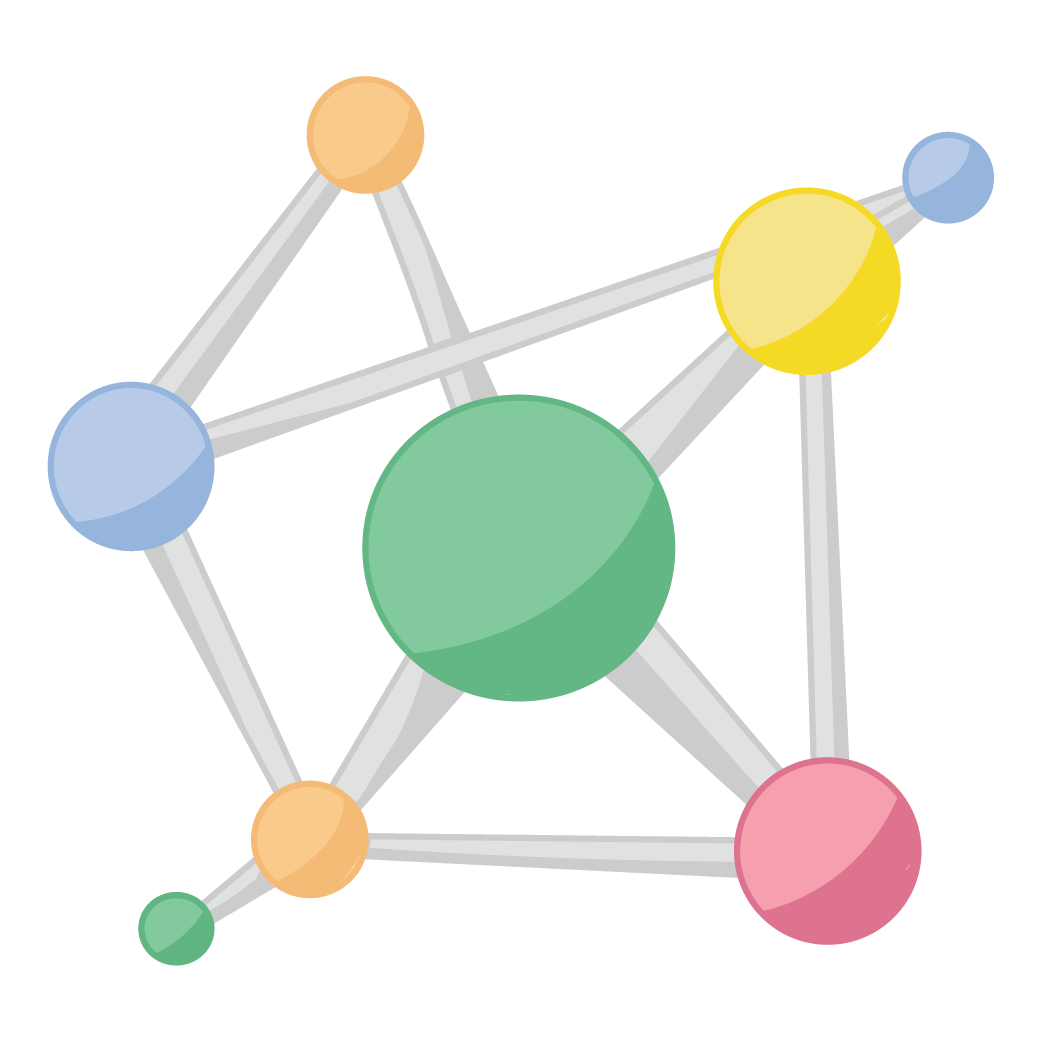
The ecological processes needed to support healthy ecosystems. These include processes such energy conversion, temperature regulation, and decomposition to name just a few.
Actions:
- contribute to riverine functioning
- improve ecological health and resilience of an ecosystem
- support improvements in productivity
Nutrient cycling
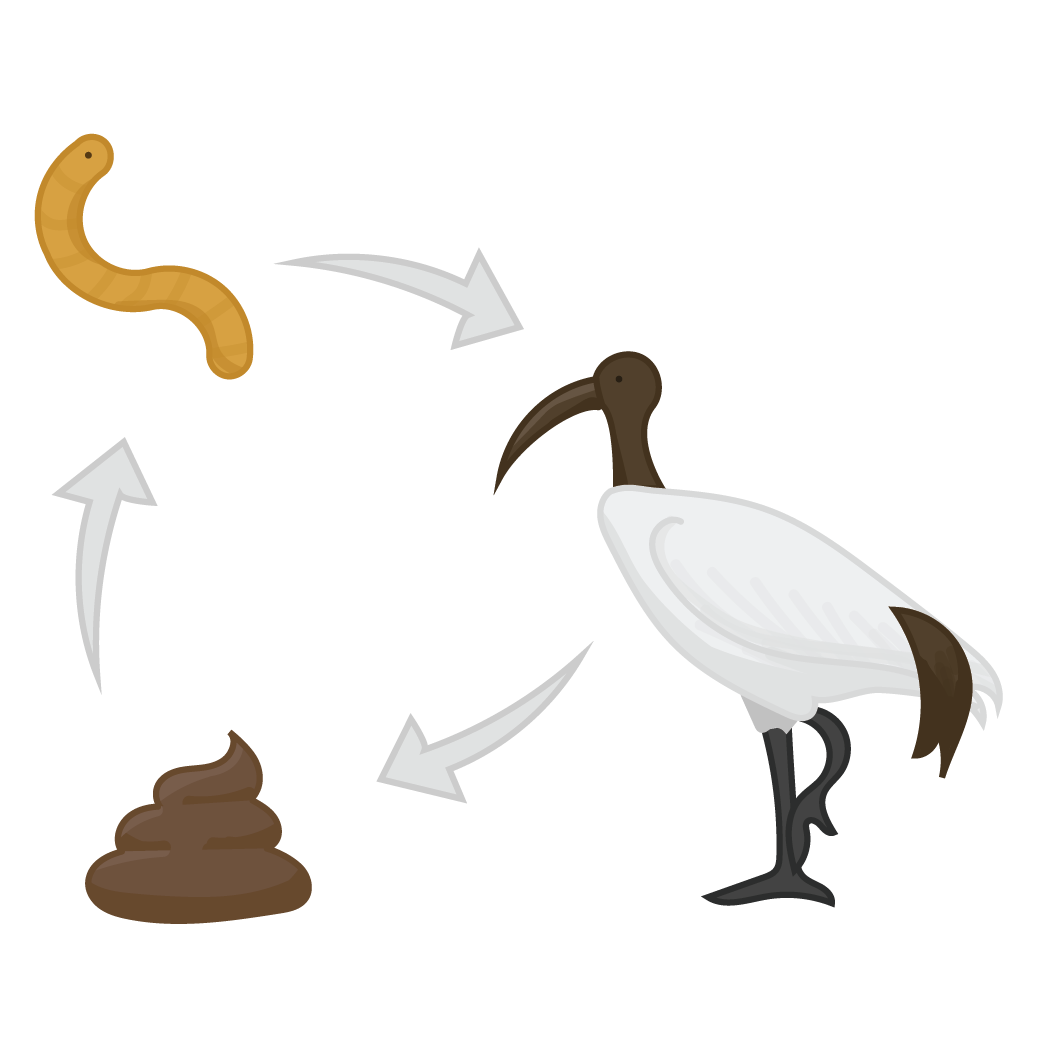
The nutrient (and carbon) cycle is a system where energy, matter, and essential nutrients are transferred between living organisms and non-living parts of the environment.
Actions:
- support nutrient and carbon cycling
Water quality
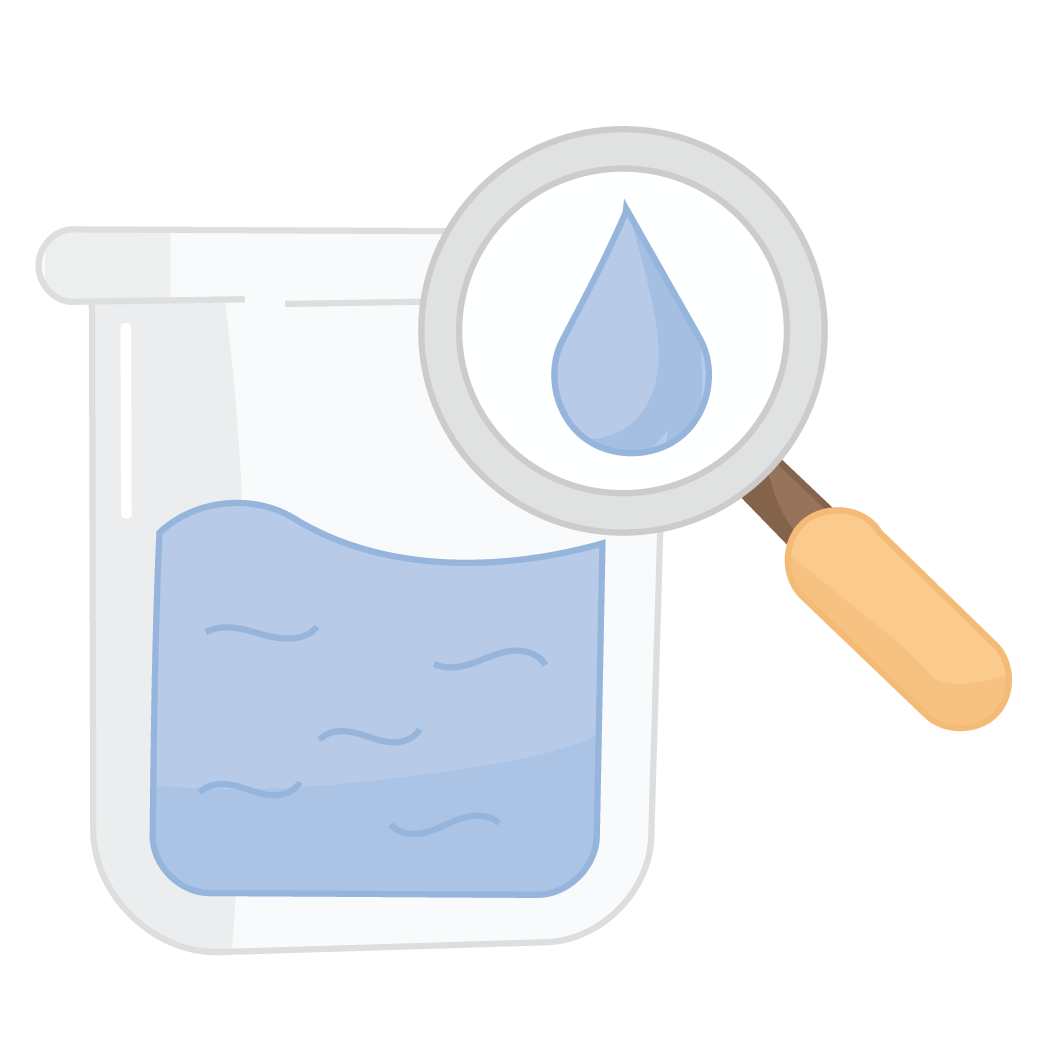
Water quality describes the condition of the water, including chemical, physical, and biological characteristics. Different water users and creatures in the basin have different ranges and thresholds for ideal water quality.
Actions:
- improve water quality
Dissolved oxygen
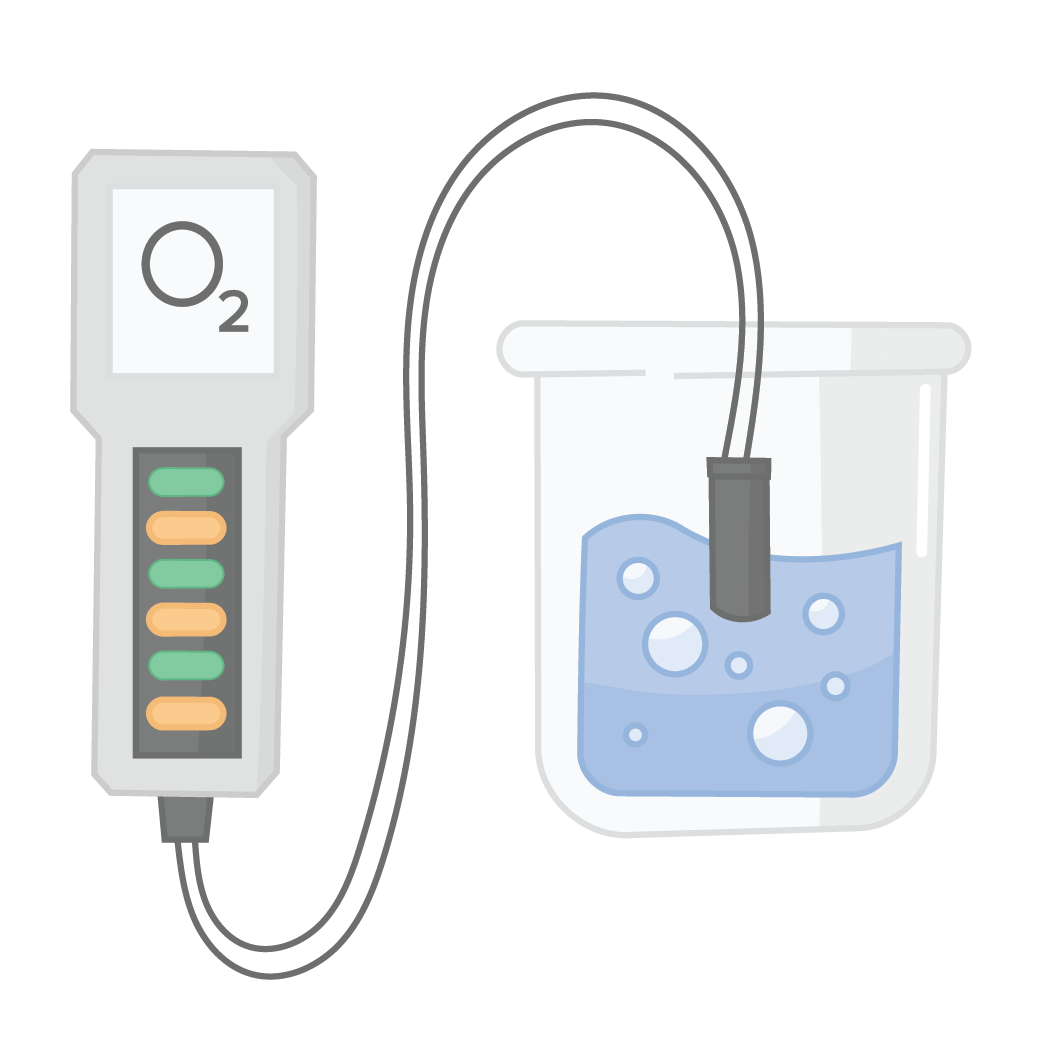
A measure of how much oxygen is dissolved in the water – the amount of oxygen available to living aquatic organisms. The amount of dissolved oxygen in a stream or lake can tell us a lot about its water quality.
Actions:
- reduce risk of hypoxic blackwater events
- maintain dissolved oxygen levels
Salinity
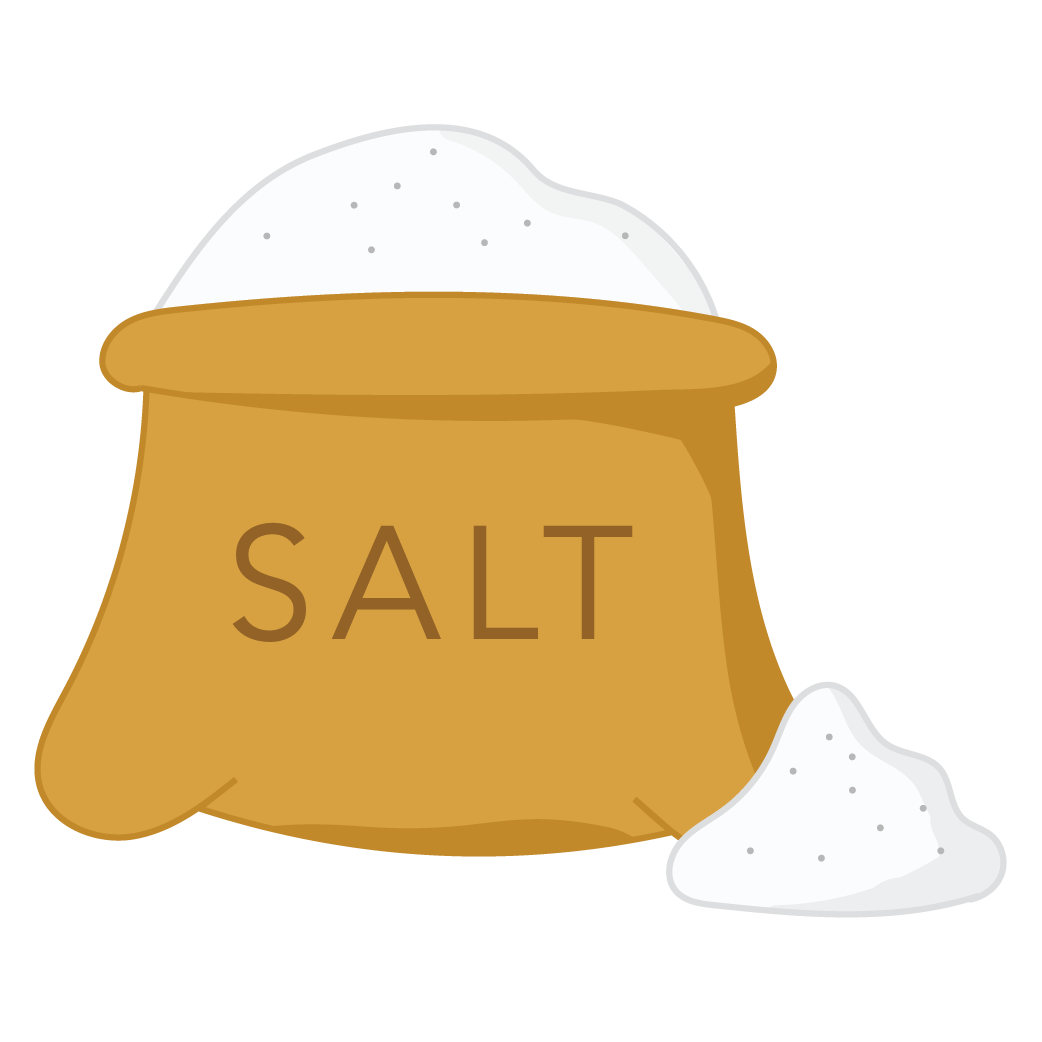
Salinity is the dissolved salt content of a body of water. High salt concentrations in freshwater systems can be problematic for ecosystems, drinking water and irrigation.
Actions:
- recovery of wetlands from high salinity conditions
- mobilise, transport and export salt
Sediment scouring, mobilization and export

Flushing sediments or moving sediments around.
Actions:
- flush fine sediment and encourage biofilm growth
- prevent fine sediment settling on hard surfaces
- flush sediment from hard surfaces and scour biofilms
Ann Bennett from University of Canberra sampling for phytoplankton (chlorophyll a) in mesocosms.
Results from Flow-MER Food Webs and Water Quality Basin Theme Evaluation
For all references listed in the contents below, please view the Food Webs and Water Quality report available at: 2020-21 Basin-scale evaluation of Commonwealth environmental water – reports and supporting documents – DCCEEW
Basin Plan Objectives
Summary of Results 2014-21
Protect and restore ecosystem functions
‘protection and restoration of ecosystem functions of water-dependent ecosystems’ (Basin Plan section 8.06). This includes ‘food webs that sustain water-dependent ecosystems, including by protecting energy, carbon and nutrient dynamics, primary production and respiration’ (Basin Plan section 8.06(7)).
Across 2014-21, evidence from all Selected Areas demonstrates that Commonwealth environmental water has had a positive influence on protecting and restoring energy, carbon and nutrient dynamics, gross primary production and ecosystem respiration (pg. vii and see Table 5.1).
For example, the delivery of Commonwealth environmental water at certain velocities has helped to maintain dissolved oxygen concentrations and help reduce the risk of hypoxic blackwater events (pg. vii and viii). Specifically, Commonwealth environmental water can reduce the likelihood of low dissolved oxygen concentrations by delivering water in otherwise low flow periods. (pg. 41 and see Table 3.3).
Even when changes in rates of gross primary production and ecosystem respiration were small, increases in water volume provided by Commonwealth environmental water increased total production and consumption of carbon in riverine food webs (pg. vii).
Maintain water quality
Basin Plan section 5.04 establishes objectives for maintaining adequate water quality.
There is strong evidence that Commonwealth environmental water has played an important role in maintaining water quality during 2014-21. For example, since 2014, Commonwealth environmental water has been responsible for over 3.3 million tonnes of additional salt exported from the Basin and has reduced salt import through the Murray Mouth to the Coorong by almost 18 million tonnes (pg. 35). More specifically, annual environmental flow releases have been especially crucial during dry years between 2014-15 and 2020-21 (excluding the wetter year of 2016-17), accounting for 64-100% of salt export (pg. vii and see Table 5.1). Commonwealth environmental water has also been used to ameliorate the effects of hypoxic blackwater events (pg. vii and see Table 5.1).
Protect and restore biodiversity
The Basin Plan seeks to protect and restore biodiversity in the Basin’s aquatic ecosystems. Energy flow in food webs is one of several critical ecosystem functions that are central to sustaining biodiversity, along with hydrological connectivity and nutrient cycling.’ (pg. v).
Commonwealth environmental water has an important role to play in meeting long-term objectives to protect and restore connectivity within and between water-dependent ecosystems, particularly in the Lower Murray River Selected Area (Table 5.1). This also helps to achieve objectives related to food webs, as contributing to connectivity between river channels and floodplains can help increase the supply of organic carbon to food webs (pg. vii).
How can Commonwealth environmental water contribute to patterns and rates of Ecosystem Respiration and Gross Primary Production
Summary of results 2014-21
Interpreting the influence of Commonwealth environmental water on rates of Ecosystem respiration (ER) and gross primary production (GPP) is complex, since they are also influenced by a variety of other factors such as season, nutrients and turbidity (pg. 30).
Increased flows caused short-term decreases in overall ‘metabolic throughput’ – where rates of GPP, ER or both, decreased. It is likely that this response is caused by a dilution effect from increased flow volumes and by disturbance (e.g. increased flow velocity causing higher turbidity and mobilising phytoplankton, submersion below the photic zone of autotrophic biofilms) (pg. viii and 6). The disturbance from increased flows may act to ‘reset’ aquatic ecosystems and stimulate new autotrophic activity following the flow pulse (pg. viii and 33).
Evidence from the Selected Areas has established several generalisable principles:
- As season is a primary driver of increased ER and GPP rates, changes to seasonal flows using environmental water will likely have a large impact on the metabolic regime (pg. vii).
- Environmental water can support ER and potentially secondary production if flows increase lateral connectivity between river channels and floodplains by mobilising terrestrial carbon to support food webs (pg. viii).
Implications for environmental water managers:
Commonwealth environmental water could be used to maximise GPP by delivering water during warmer periods. When Commonwealth environmental water increases lateral connectivity between rivers and floodplains it can facilitate carbon transport to rivers, supporting food webs (pg. viii).
Our work involves spending time with a number of native species, including small fish like the flat-headed gudgeon.
Metabolic fingerprint – what is it?
Stream metabolism is a useful indicator of ecosystem processing rates. However, establishing desired ecological targets for river management can be complicated. Rates of gross primary production (GPP) and ecosystem respiration (ER) are highly context dependent and vary widely depending on the season or local biotic and abiotic attributes of rivers. More is not always better when it comes to stream metabolism; extremely high rates of GPP can be reflective of non–desirable cyanobacteria blooms, while extremely high rates of ER can be reflective of hypoxic blackwater. However, with seven years of stream metabolism data from across the Basin, we can now generate fingerprints for each Selected Area which represent the dominant metabolic pattern for that area. The metabolic fingerprint represents the entire distribution of daily estimates of GPP and ER observed for a river. Using these, we can track metabolic responses to environmental flows and assess whether these responses are inside or outside of the typical or predicted responses (adapted from pg. 9 and 11).
From this point, we can then ask the question, is the system usually heterotrophic (there is more consumption of carbon than there is biomass being produced i.e. ecosystem respiration > primary production) or autotrophic (there is more biomass being produced than is being consumed i.e. primary production > ecosystem respiration). See page 12 of the report for more information.
How to interpret the fingerprint – Plot 1
- The dashed line indicates when GPP and ER are equal (i.e. net ecosystem production equals zero).
- Above the dashed line, the system is heterotrophic (a net consumer of carbon; ER > GPP).
- Below the line, the system is autotrophic (a net accumulator of carbon; GPP > ER).
- Shaded blue area in the top left of the plot represents high ER and low GPP rates and can be indicative of blackwater or hypoxic events.
- Shaded blue area in the bottom right of the plot represent high GPP and low ER and may indicate algal blooms or eutrophication.
- Contour lines reflect the percentage of data points collected, with lines extending outside the central white band (solid lines) indicating potential non-desired shifts in metabolic patterns in response to changes in flow regime.

Metabolic fingerprints across Selected Areas.
The metabolic fingerprints developed for this evaluation are based on 16,880 daily records of GPP and ER from 2014–15 to 2020–21, one of the largest riverine metabolic datasets available in the world.
We expect the metabolic regime for each Selected Area to be context dependent, varying according to the magnitude of biotic and abiotic drivers at each location. Armed with seven years of stream metabolism data, the fingerprints below are representative of the dominant metabolic patterns at each area. These visualisations can serve to compare and contrast future annual and flow-event-specific metabolic responses, including whether they fall inside or outside the envelope of typical conditions or predicted responses for each catchment.
The 2014–20 metabolic fingerprints for Selected Areas overlaid with the 2020–21 metabolic data points are below; excluding the Gwydir River, for which there are no data prior to 2020. Using the 10% kernel density region, this analysis indicates the following:
The Goulburn River, Edward/Kolety–Wakool, and Lachlan River Systems reside above the 1:1 line, indicating that most of the time these systems were heterotrophic and consuming more carbon than they were producing – consistent with many streams globally.
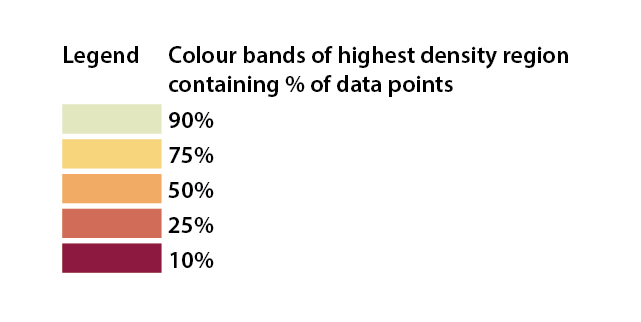
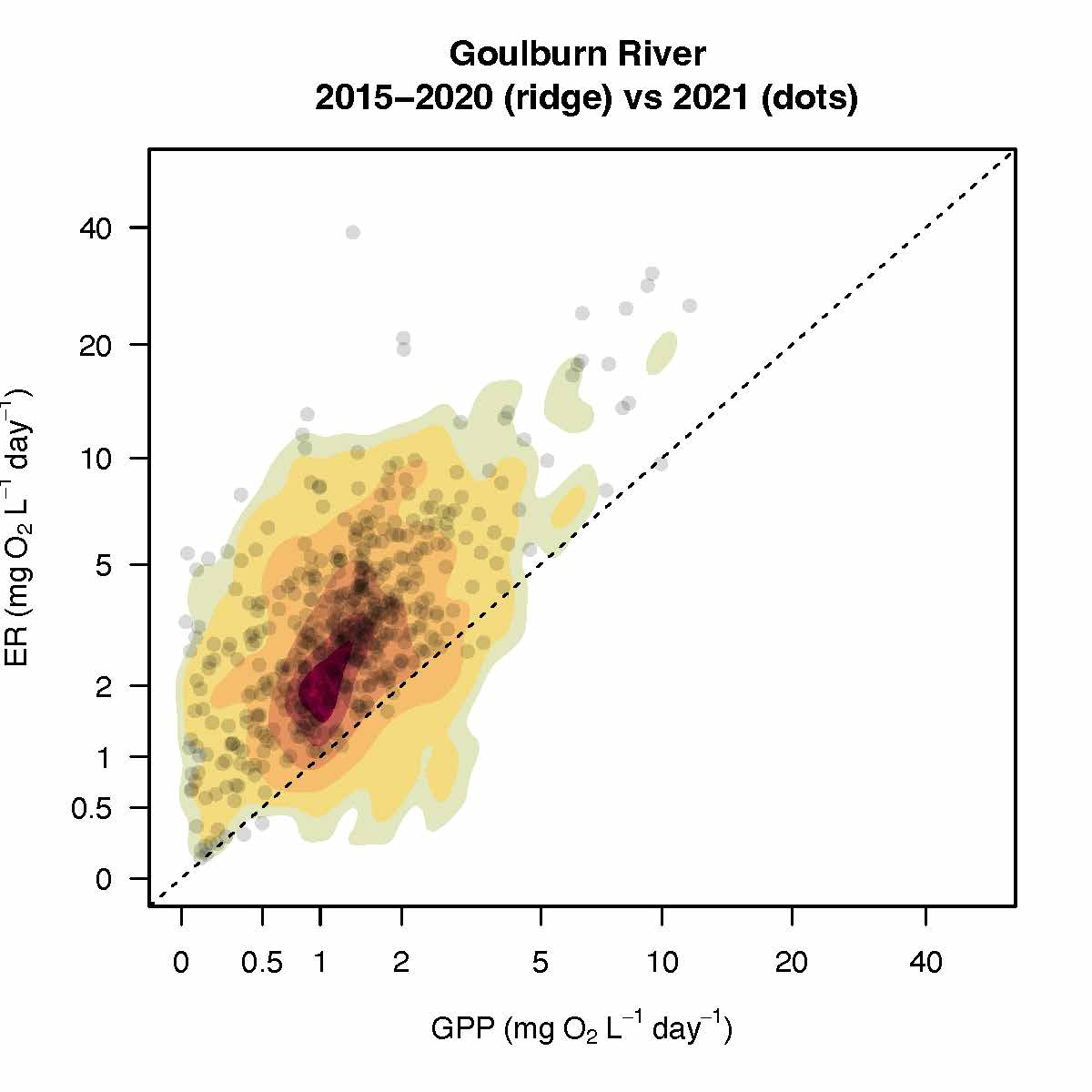
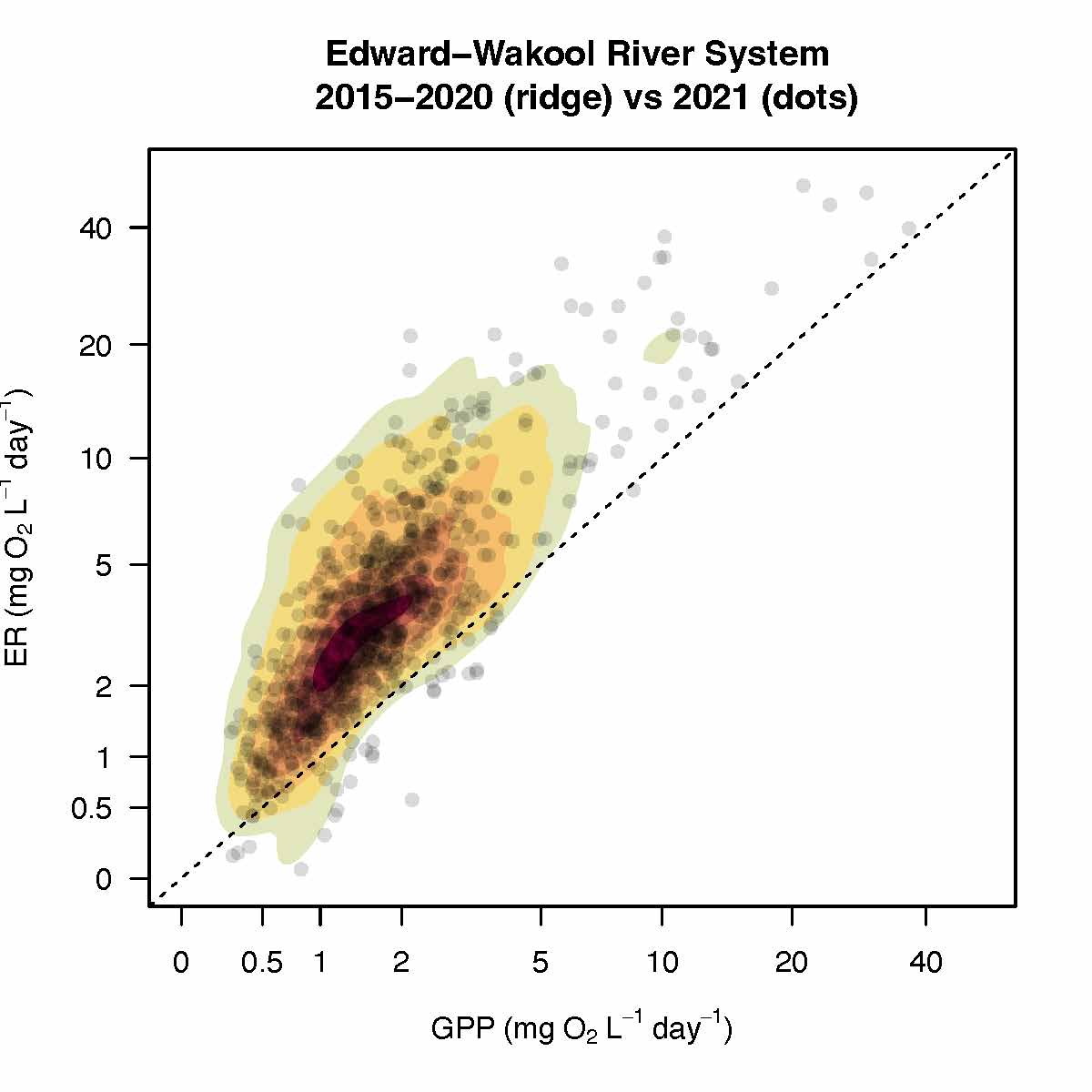
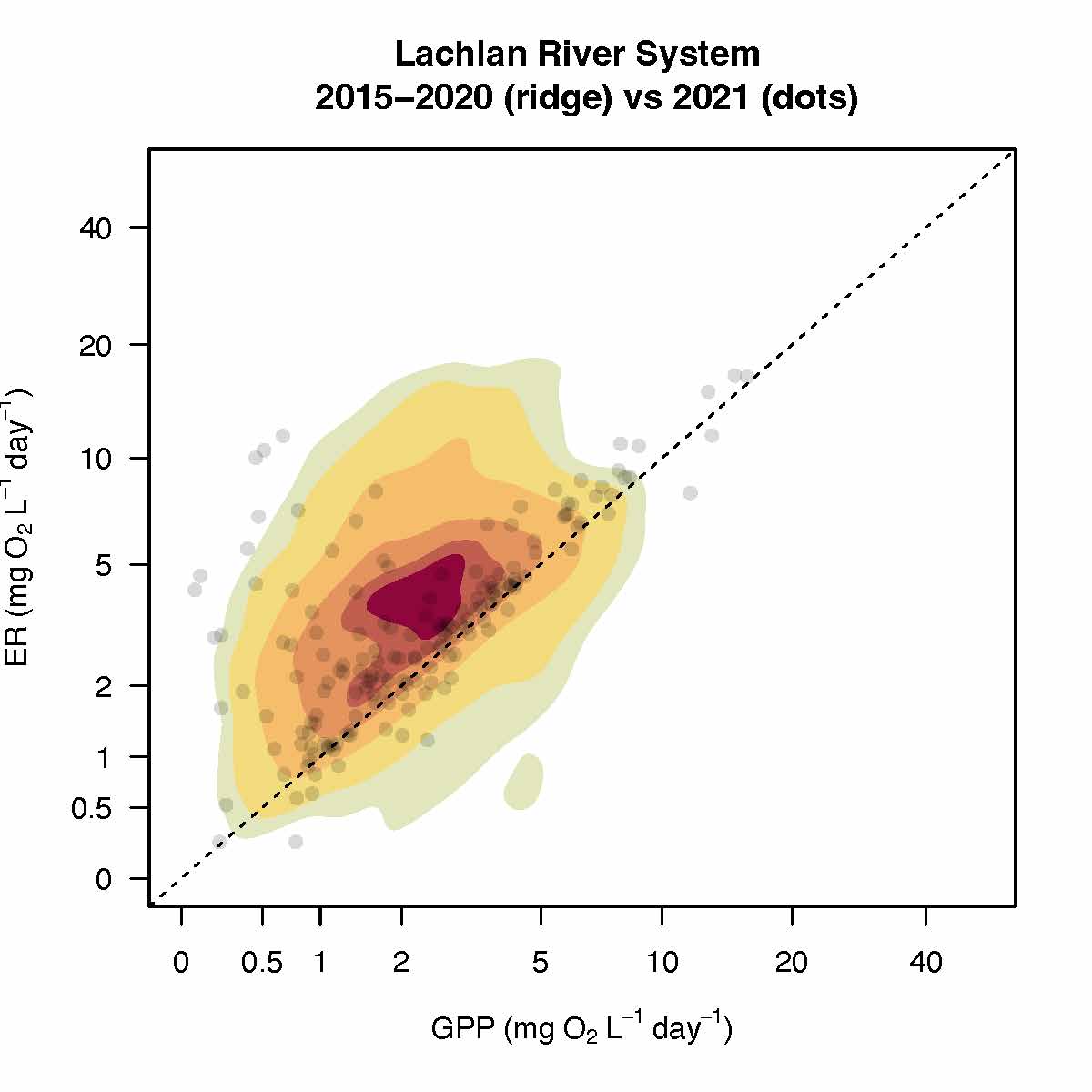
The Murrumbidgee River System and the Junction of Warrego and Darling rivers are dispersed around the 1:1 line, indicating that they regularly alternate between heterotrophy and autotrophy depending on conditions (such as season), though they differ significantly in fingerprint area. The Murrumbidgee River System fingerprint is tightly grouped and low on the 1:1 line, reflecting more consistent metabolic patterns and some possible limitation to metabolic activity (e.g. bioavailable nutrients). In contrast, the fingerprint for the Junction of the Warrego and Darling Rivers stretches further up the ER axis, reflecting large swings towards heterotrophy when suitable conditions prevail (e.g. non-desirable extremes, such as sudden algal mortality following blooms or high rates of oxygen consumption by bacteria during resumptive flows following dry periods).
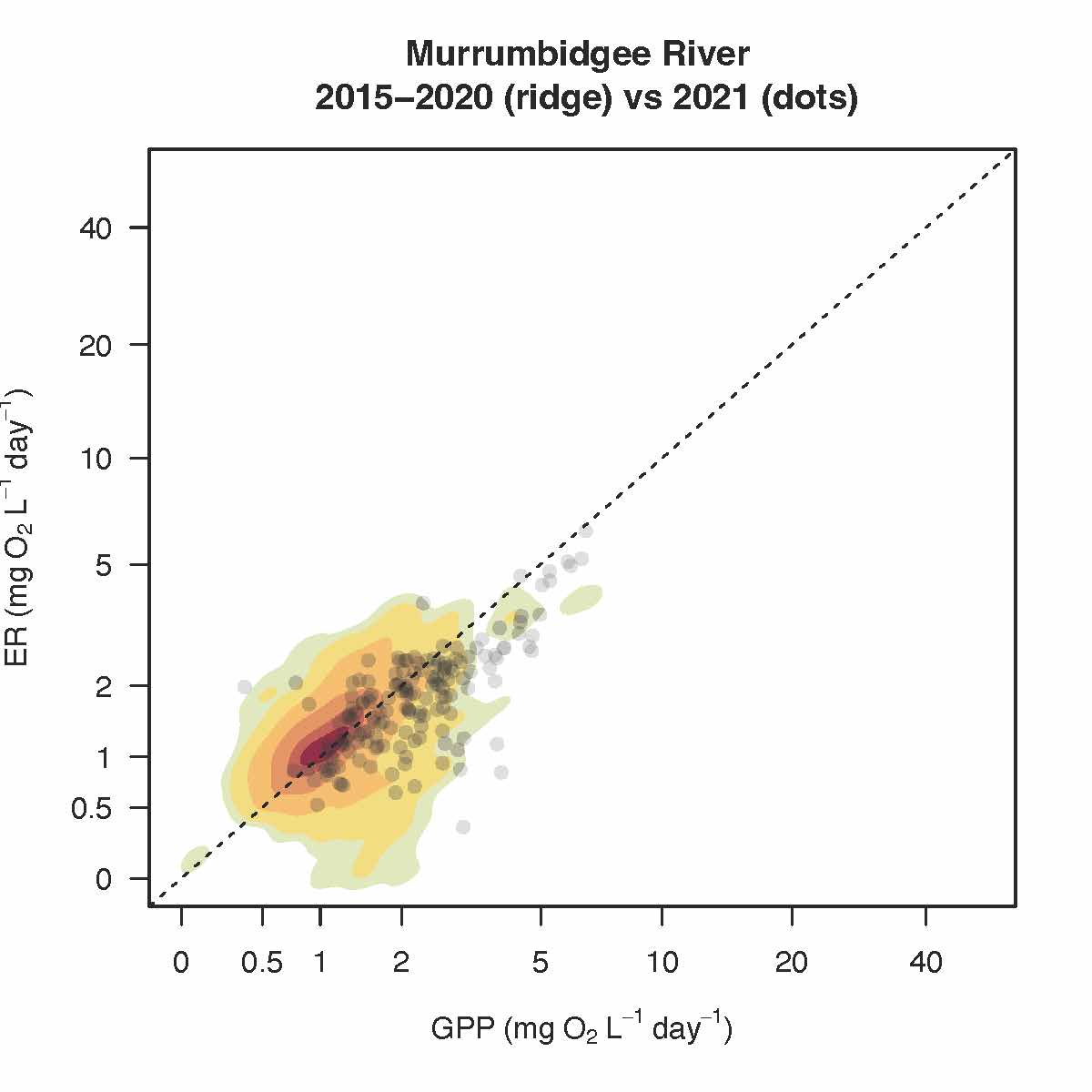
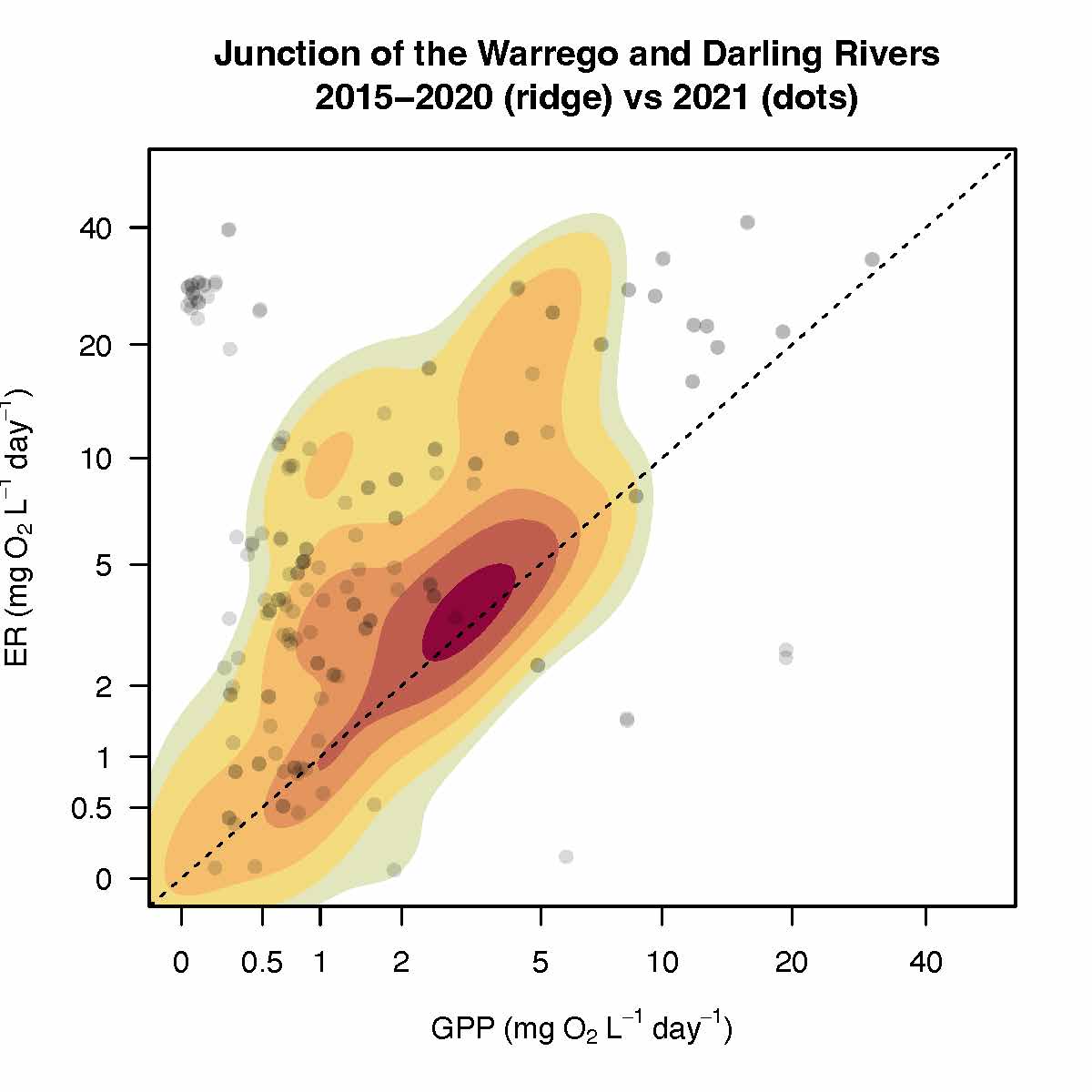
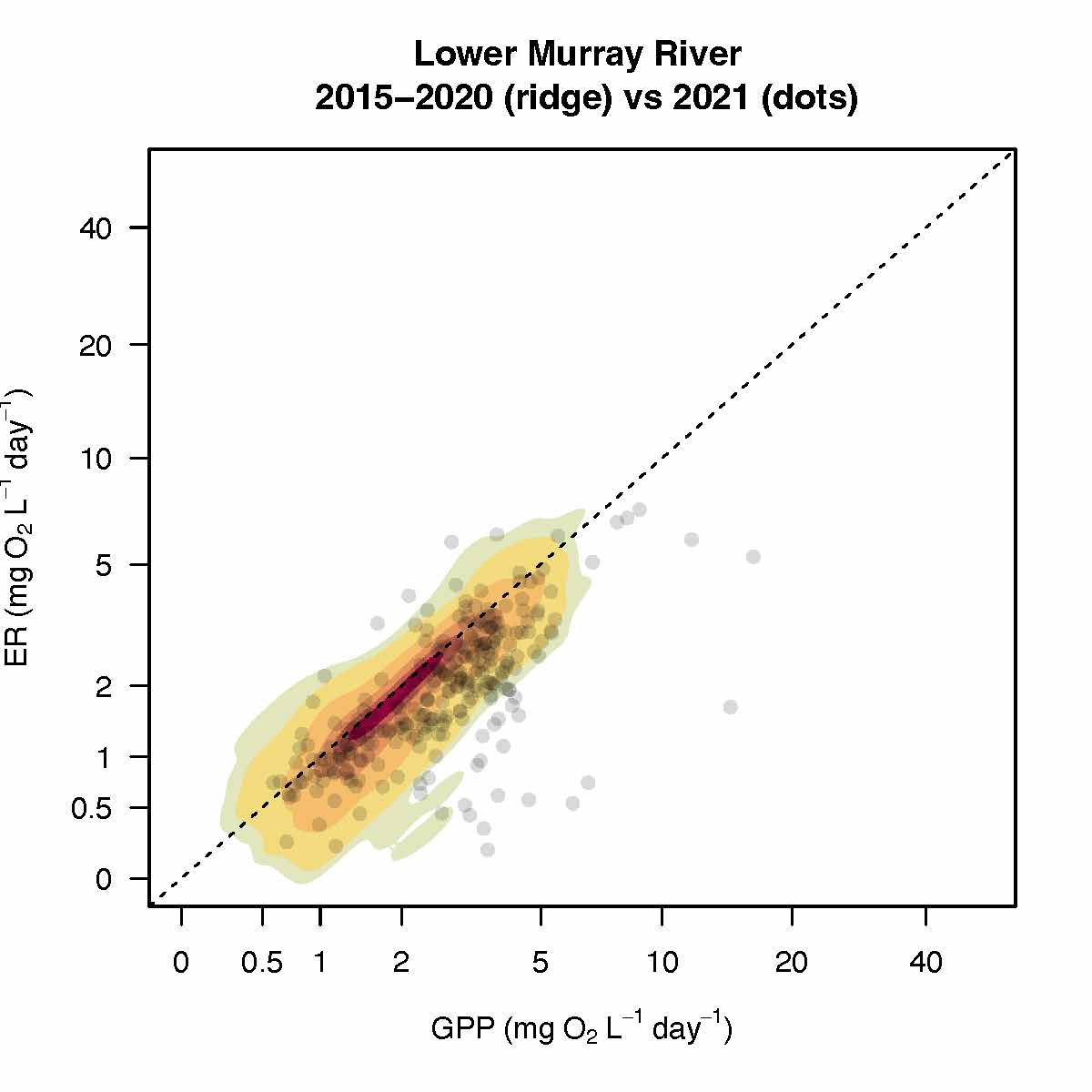
In contrast to the other Selected Areas, the Lower Murray River resides primarily below the 1:1 line, reflecting net carbon generation (autotrophy) most of the time, driven by phytoplankton and relatively low turbidity in the slow-flowing channels of the Lower Murray.
The majority of 2020–21 data points across all Selected Areas reside within the 2014–20 kernels, indicating that for this water year, metabolic patterns were broadly similar to previous years. Some exceptions are observed in the plots for the Murrumbidgee and Edward/Kolety–Wakool river systems, where several 2020–21 data points extend further up the 1:1 line, indicating higher metabolic throughput during the recent monitoring period. In 2020–21, the Murrumbidgee River System was also characterised by slightly higher rates of GPP than observed in the long-term 2014–20 fingerprint. Full results and analysis are available from page 25 in the report.
SPOILER ALERT! Metabolism analyses of higher flows in 2022 have shown some interesting shifts in metabolism. Stay tuned for 2022 fingerprint results later this year.
Sampling organic matter and zooplankton on the Barwon River, NSW following floods in 2021.
Food Webs and Water Quality Basin Theme Research Program
Oh, what a tangled web we weave: understanding the role of flows for food webs.
Understanding energy flow through ecosystems is critical for understanding patterns of biodiversity and ecosystem function. Alteration of riverine flows can modify the structure and function of ecosystems, changing the availability and quality of food for animals.
Research carried out within the Environmental Water Knowledge and Research (EWKR) and Flow-MER programs has sought to improve our understanding of the complex relationship between hydrology and aquatic food webs. Our research is exploring the development of a Basin-scale bioenergetic food web model that integrates knowledge of Basin food webs with long-term monitoring data, to provide estimates of the contribution that environmental water is making to the biomass of key taxa groups. Using an example from the Lachlan river system, we’re demonstrating how returning water for the environment can help restore and maintain essential food web functions and the health of our ecosystems.
Lachlan case study for food webs: Developing an energetics model for the Lachlan
The research team is developing a bioenergetic food web model to demonstrate rates of carbon transfer and production in the food web under different flow scenarios, to illustrate the changes in productivity and outcomes for key taxa such as fish. The model will allow managers to predict the changing biomass of different species or groups in rivers in response to environmental water use. The model will be built to incorporate new information into the framework as it is generated.
The modelling approach chosen is a bioenergetic food web model using the Ecopath with Ecosim platform, an approach commonly used to model marine food webs. The model describes the movement of energy between groups in a food web over time. It does this by integrating knowledge of the biomass and ecology of organisms in a food web (including diet preferences, growth and consumption rates) and the influence of environmental factors such as temperature and flow. The approach integrates data from Selected Area’s, literature, and food web theory to provide estimates of food web productivity with and without Commonwealth environmental water.
VIDEO: Watch the movement of energy between groups in a food web over time.
Energetics model for the Lachlan River

Outputs from the energetics model
Example outputs from the application of the energetics model in the Lachlan River show the proportional increases in the biomass of fish, decapods and birds, following Commonwealth environmental water use, compared to a scenario with no Commonwealth environmental water use. This approach is now being explored at other locations within the Basin.
Percentage increase in biomass after 2019 spring environmental flow
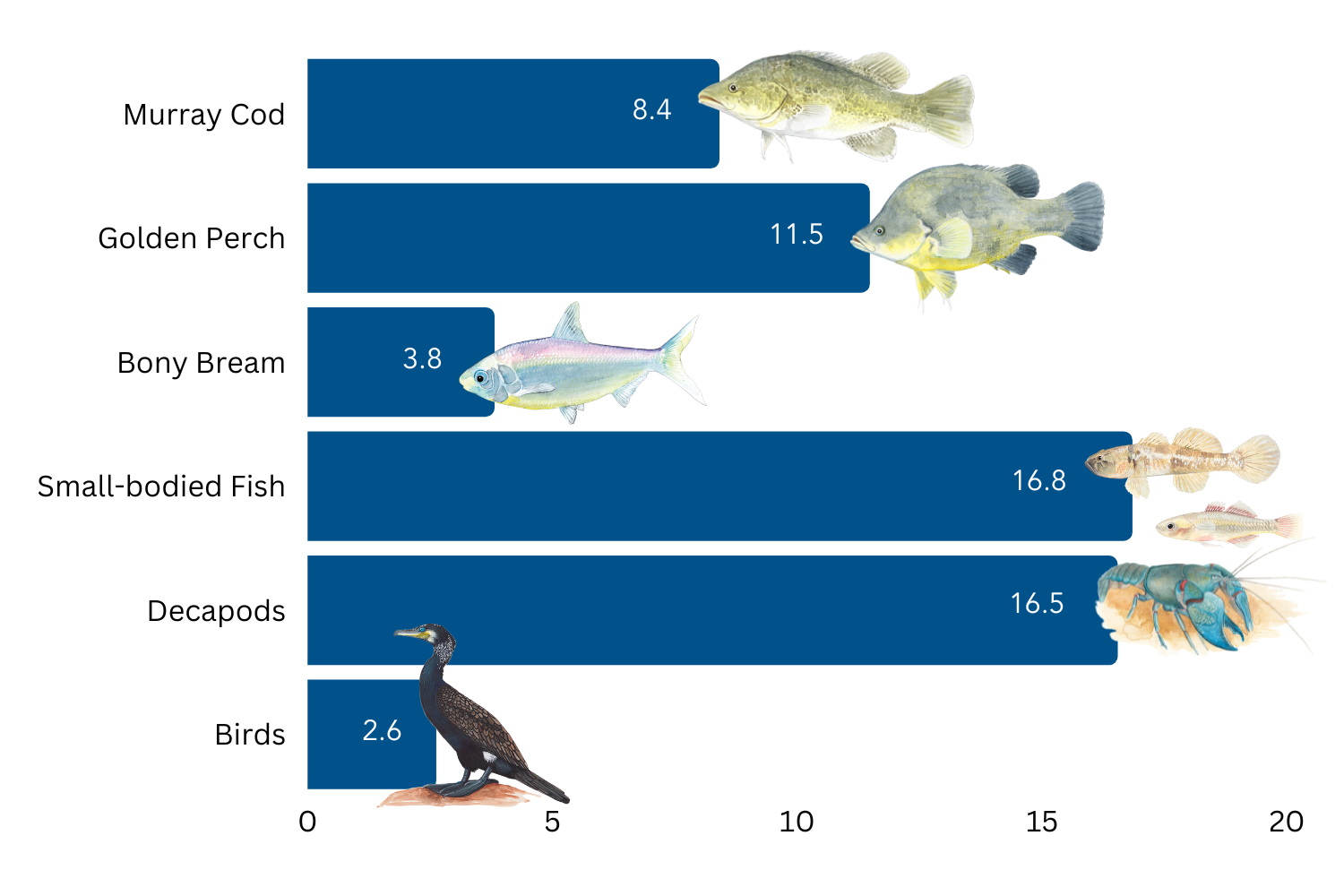
Percentage increase in biomass after five years (December 2021)
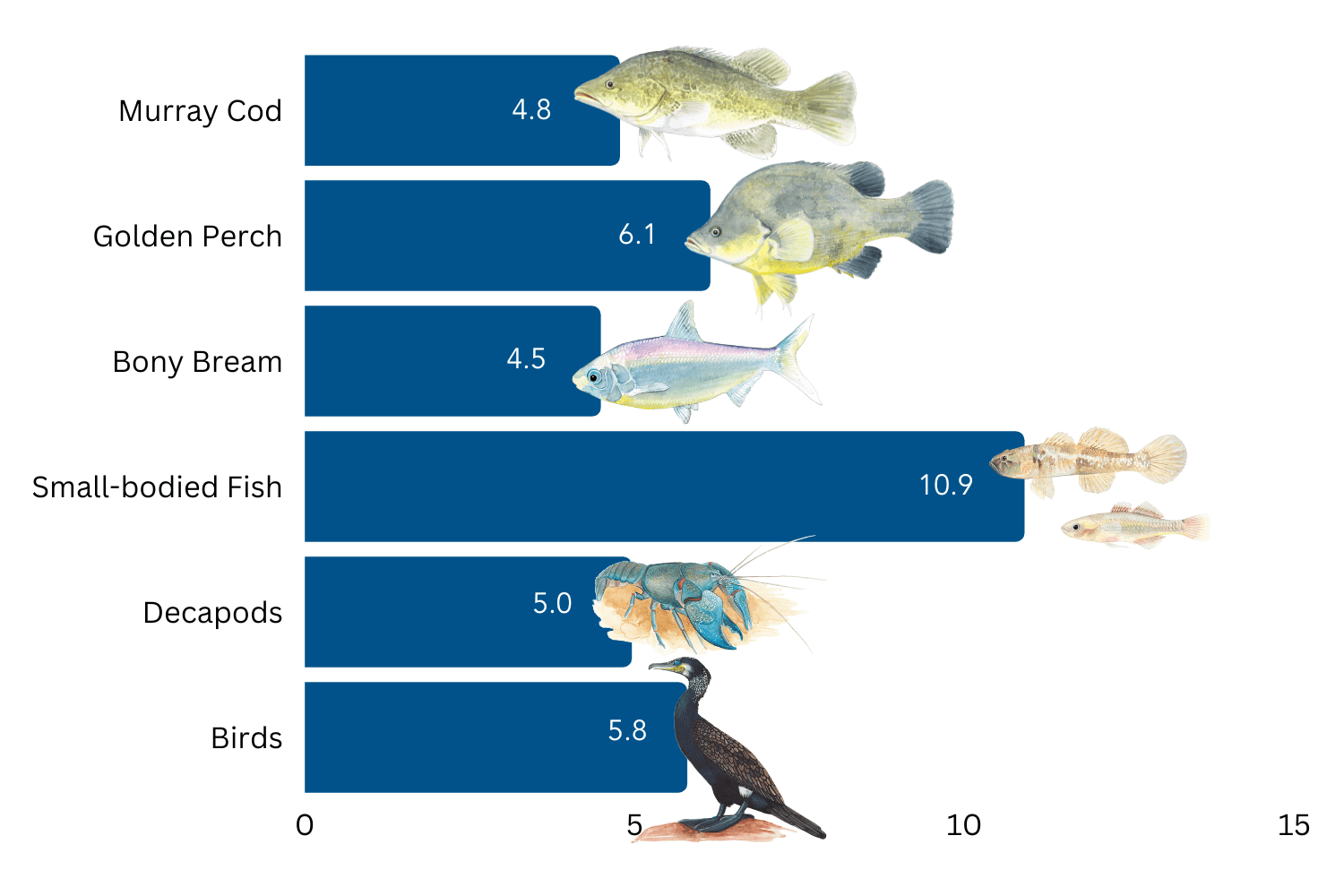
Key research highlights:
- The model can provide estimates of food web production between flow scenarios (for example, X kg/km2 per year more fish due to Commonwealth environmental water).
- The framework provides a valuable way to integrate long-term monitoring data and knowledge of food webs within the Basin.
- Outputs are estimates and reflect the quality of data and our knowledge of Basin food webs.
- In river channel environments, the model is time dynamic; in the wetland systems, the case study model is a state-change, i.e. looking at snapshots at distinct time points to see how the system has changed.
Collecting water for experiments.
Water quality in the Lower Murray Selected Area
See below the summary of results 2014-21 for the following indicators of water quality in the Lower Murray River. References are to the Basin scale report, however full results and analysis from the Lower Murray Selected Area are available at: 2020-21 Lower Murray MER Annual Reports – DCCEEW.
Salinity
Commonwealth environmental water has played a key role in salt export from the Basin (pg. vi, vii, 41, Table 5.1). It has been used:
- To maintain river salinity levels below the management target of 800 EC at Morgan in South Australia.
- To maintain salt export from the Basin and reduce salt import to the Coorong in low flow years.
- To contribute to the Basin Plan’s target to export 2 million tonnes of salt from the Murray River system each water year.
In 2020-21, Commonwealth environmental water was responsible for the export of approximately 58% of the 1.8 million tonnes of salt exported from the Basin through the barrages, while also contributing to the reduction of salt import into the Coorong estuary by approximately 4.2 million tonnes.
Broadly, Commonwealth environmental water has been responsible for an additional 3.3 million tonnes of salt exported through the barrages and has reduced salt import by almost 18 million tonnes since 2014 (pg. 34, 35).
- In low flow years, Commonwealth environmental water has also become increasingly important for sustaining salt export from the Basin and for limiting salt import to the Coorong. (pg. 34, 35).
![]()
Dissolved oxygen (DO)
Commonwealth environmental water decreased the likelihood of low DO in the Lower Murray River by increasing water mixing and oxygen exchange at the surface by maintaining flow velocities above 0.18 m/s (below which surface oxygen exchange is poor) (pg. vi).
For example, in 2020–21, Commonwealth environmental water increased the potential to maintain suitable DO levels above desired thresholds during blackwater events where flows can act to dilute low DO water and increase oxygen exchange at the surface. Commonwealth environmental water may also be used to maintain base flows to support aquatic ecosystem during low flow periods (pg. 38).
![]()
Food web sampling at Hattah Lakes, with Gus Macdonald, University of Canberra (left) and James Hitchcock, University of Canberra (right).
Knowledge Catalogue
For more information on how water for the environment is being used to support food webs and water quality, please explore the webinars and articles below. The full Flow-MER Food Webs and Water Quality Theme reports are also available.
Articles
Glossary
Algal blooms: Algae are organisms that live in the water. Algae can rapidly grow out of control, or “bloom,” when water is warm, slow-moving, and full of nutrients.
Autotroph: An organism that serves as a primary producer in a food chain. Autotrophs obtain energy and nutrients by harnessing sunlight through photosynthesis (e.g. algae, cyanobacteria, vascular plants).
Basal resources: Food webs are often thought of hierarchically like a pyramid, with the basal resources from primary production and detritus providing that large stable base that supports all the animals that comprise the rest of the food web.
Bioenergetics: A term that refers to the processes in food webs that include how energy is transferred between organisms and the environment, and the other environmental and physical aspects that control and influence those processes in the water.
Biomass: describes the energy in living organisms. Biomass is transferred when organisms eat each other, from producers to consumers.
Cyanobacteria: A phylum of gram-negative bacteria that obtain energy via photosynthesis (autotrophs). Commonly referred to as Blue-green Algae, cyanobacteria are not scientifically classed as algae. Some cyanobacteria produce toxins that can cause acute illness following consumption or skin exposure. Cyanobacteria blooms usually form in warm, slow-moving waters rich in nutrients and can cause significant problems for water users.
Dissolved oxygen (DO): A measure of how much oxygen is dissolved in the water – the amount of oxygen available to living aquatic organisms. The amount of Dissolved oxygen in a stream or lake can tell us a lot about its water quality.
Ecosystem Respiration (ER): The mineralisation of organic matter by Autotrophs and Heterotrophs – measured by the consumption of Dissolved oxygen. High levels of ecosystem respiration has the potential to lead to low oxygen levels.
Net Ecosystem Production (NEP): the difference between GPP and ER and specifies how much carbon accrues (ecosystem is Autotrophic) or is depleted (ecosystem is Heterotrophic).
Eutrophication: A process where water has an overabundance of nutrients – especially that of nitrogen and phosphorus. Algae and other plants feed on these nutrients causing excessive growth, in some instances resulting in Algal blooms. Eutrophication can have severe consequences for water quality.
Food web: A network of interconnecting links of feeding relationships within an ecosystem. Food webs describe how matter and energy from food are transferred from one organism to another (referred to as a Trophic relationship). Food webs are often illustrated hieratically with many Basal resources at the bottom, such as algae and detritus, gradually leading to smaller numbers of apex predators at the top, such as Murray Cod.
Gross Primary Production (GPP): Represents the generation of new Biomass by Autotrophs (e.g. algae, Cyanobacteria, vascular plants) via photosynthesis—the process by which solar energy, water, and carbon dioxide are transformed into reduced carbon compounds that sustain life and form the basis of Food webs. GPP is usually expressed as the rate of carbon generation and, in aquatic ecosystems, can be estimated from changes in Dissolved oxygen concentration.
Food web productivity: refers more generally to the rate at which energy is added to the food web in the form of Biomass.
Heterotroph: An organism that consumes other organisms or organic matter in a food chain. In contrast to Autotrophs, Heterotrophs cannot produce organic substances from inorganic ones (e.g. bacteria, fungi, animals).
Hypoxic blackwater: ‘Blackwater’ occurs when there is a very high concentration of Dissolved Organic carbon (DOC) in the water column. Usually this happens when large quantities of terrestrial litter (e.g. leaves) are submerged (similar effect to tea bags in water). If conditions are suitable (e.g. high water temperature), consumption of DOC by bacteria can use up large quantities of oxygen, leading to ‘hypoxic conditions’ – where Dissolved oxygen concentration can drop below 2 mg L-1, sometimes leading to fish deaths.
Labile carbon: Labile carbon is the fraction of Organic carbon with most rapid turnover, as it is more readily decomposed by microorganisms.
Metabolic regime/pattern: patterns of gross primary productivity and ecosystem respiration for a water body.
Mixotroph: An organism, often tiny microbes, that can meet their energy requirements via photosynthesis or consuming other animals or organic matter
Organic carbon: Whilst most of the Biomass of most living organisms is composed of Organic carbon (or organic matter), in aquatic science, Organic carbon is usually referring to the non-living fraction. This can include a Dissolved Organic carbon fraction (DOC) or particulate (POC) fraction. This material is often comprised of detritus from plants and algae or dissolved materials leached from soil or plant material.
Photic zone of Autotrophic biofilms: The photic zone is the uppermost layer of water that receives sunlight, which allows organisms like Phytoplankton and other Autotrophic organisms, to photosynthesis. Biofilms are a layer of microorganisms joined together in what appears like slime, which form on surfaces in contact with water.
Phytoplankton: an Autotrophic organism that contains chlorophyll and can photosynthesise. They are considered the foundation of an aquatic food web.
Secondary production: the formation of Heterotrophic organisms.
Stream Metabolism: The transformation of organic matter used to measure food resource availability. Comprised of two key ecological processes – GPP as an indicator of how much is being produced through photosynthesis, and ER, which is an indicator of how much energy is consumed. These processes generate and recycle organic matter, respectively. Monitored in a river reach using measurement of the production and consumption of oxygen.
Trophic: The tropic level of an organism is the position it occupies in a food web, which is determined by the food relationship or feeding habitats of different organisms (i.e., who eats whom).
Photo Gallery
Please credit ‘The Flow-MER Program’ and link back to the Flow-MER website when using any of the photos below.
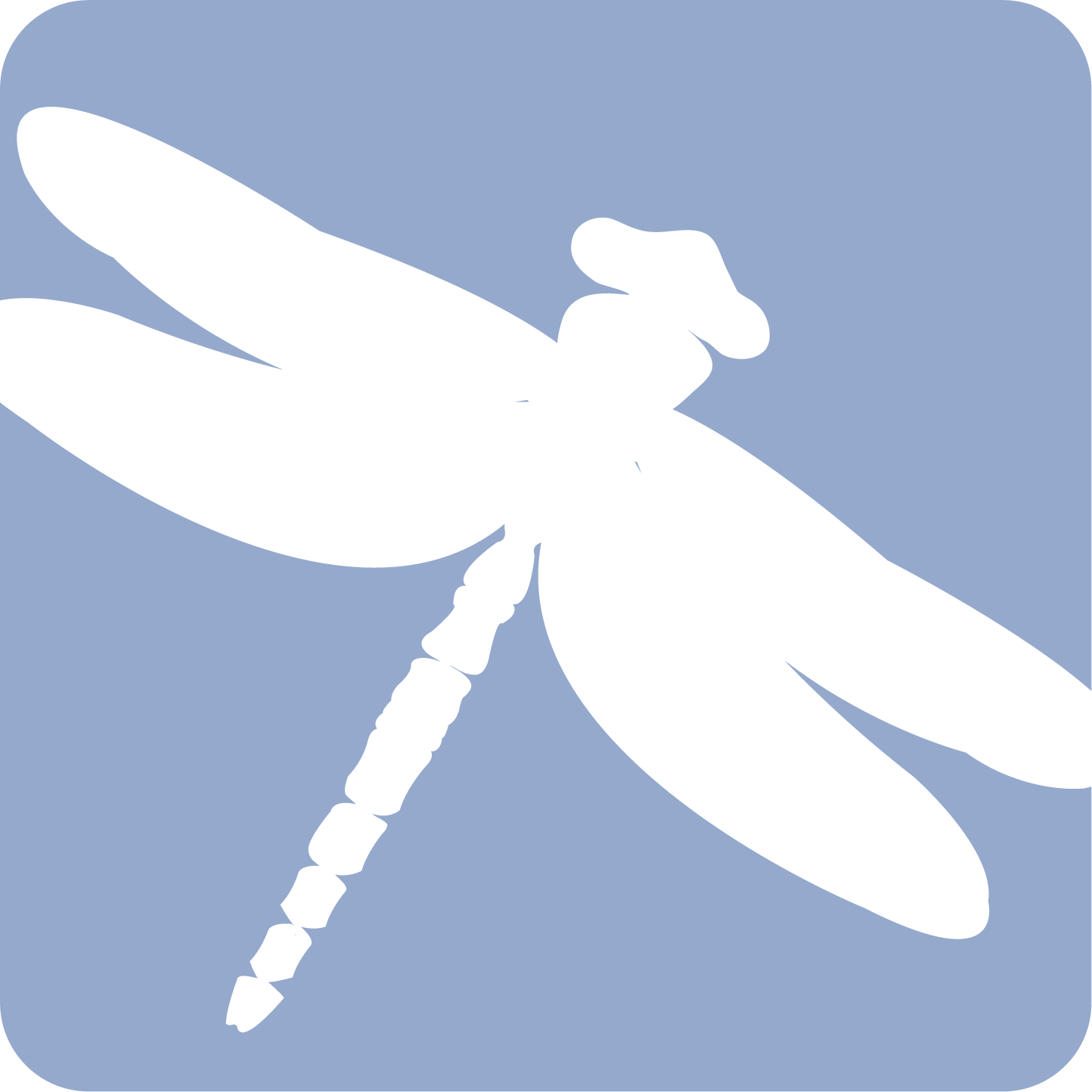 Basin Theme:
Basin Theme: